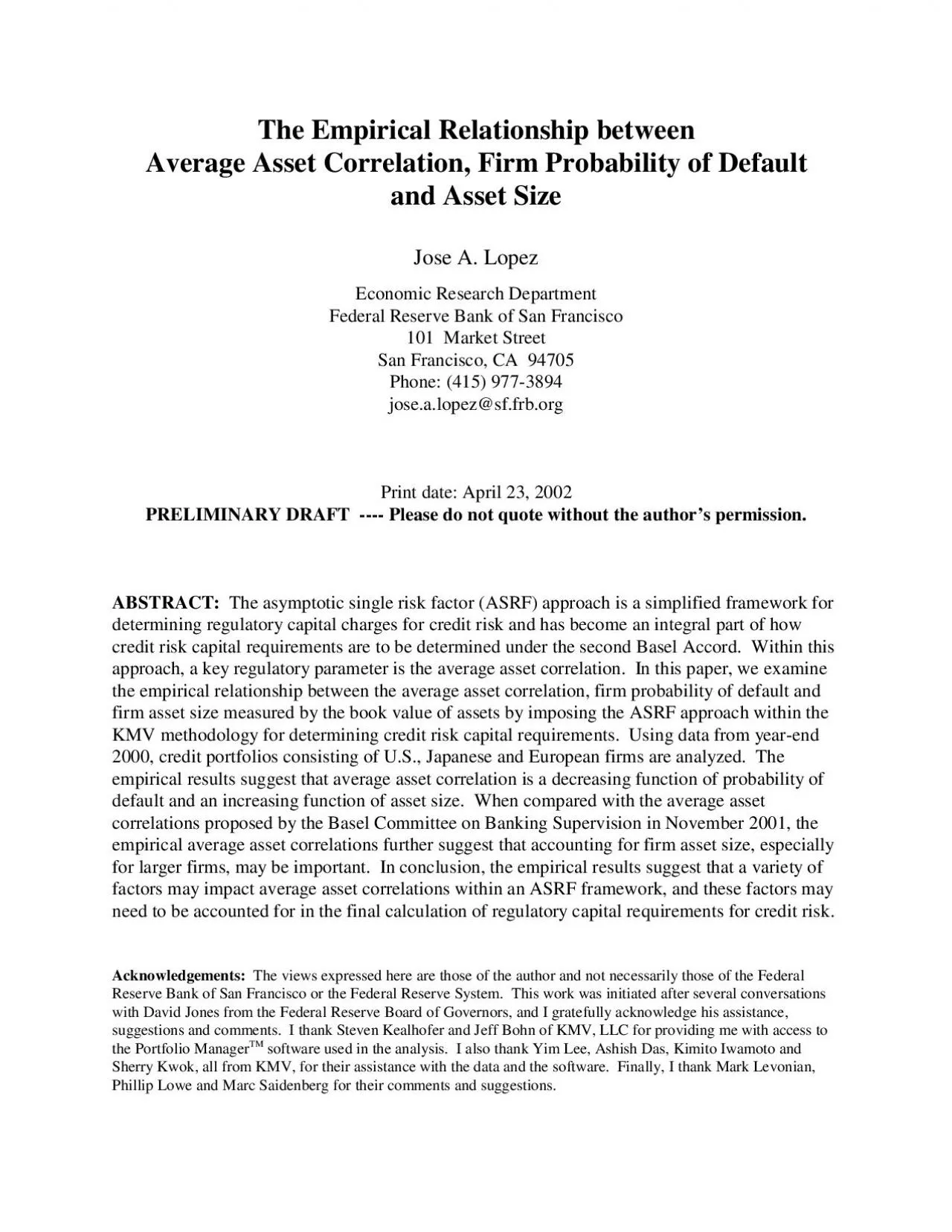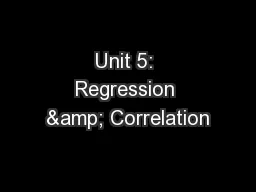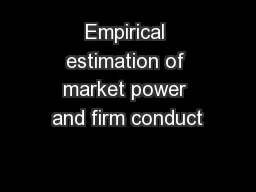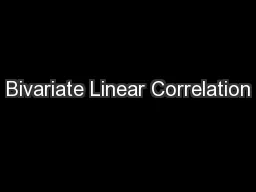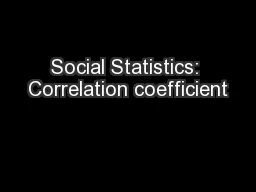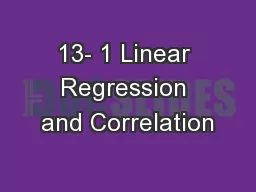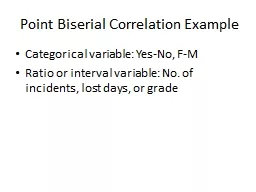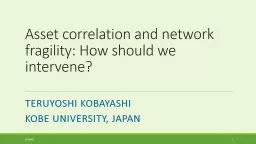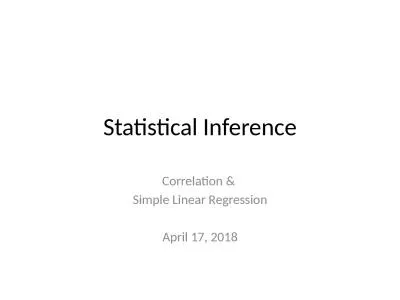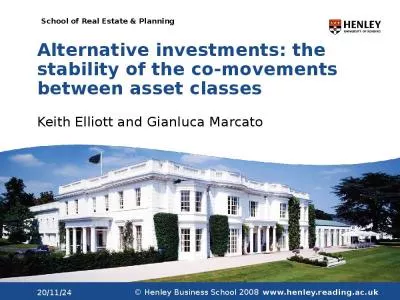PDF-The Empirical Relationship betweenAverage Asset Correlation Firm Prob
Author : isabella | Published Date : 2022-09-08
See Gordy 2000a b for further discussion of the ASRF approach The software firm KMV LLC is a leader in the field of credit risk modeling and capital budgeting Thisstudy
Presentation Embed Code
Download Presentation
Download Presentation The PPT/PDF document "The Empirical Relationship betweenAverag..." is the property of its rightful owner. Permission is granted to download and print the materials on this website for personal, non-commercial use only, and to display it on your personal computer provided you do not modify the materials and that you retain all copyright notices contained in the materials. By downloading content from our website, you accept the terms of this agreement.
The Empirical Relationship betweenAverage Asset Correlation Firm Prob: Transcript
Download Rules Of Document
"The Empirical Relationship betweenAverage Asset Correlation Firm Prob"The content belongs to its owner. You may download and print it for personal use, without modification, and keep all copyright notices. By downloading, you agree to these terms.
Related Documents

